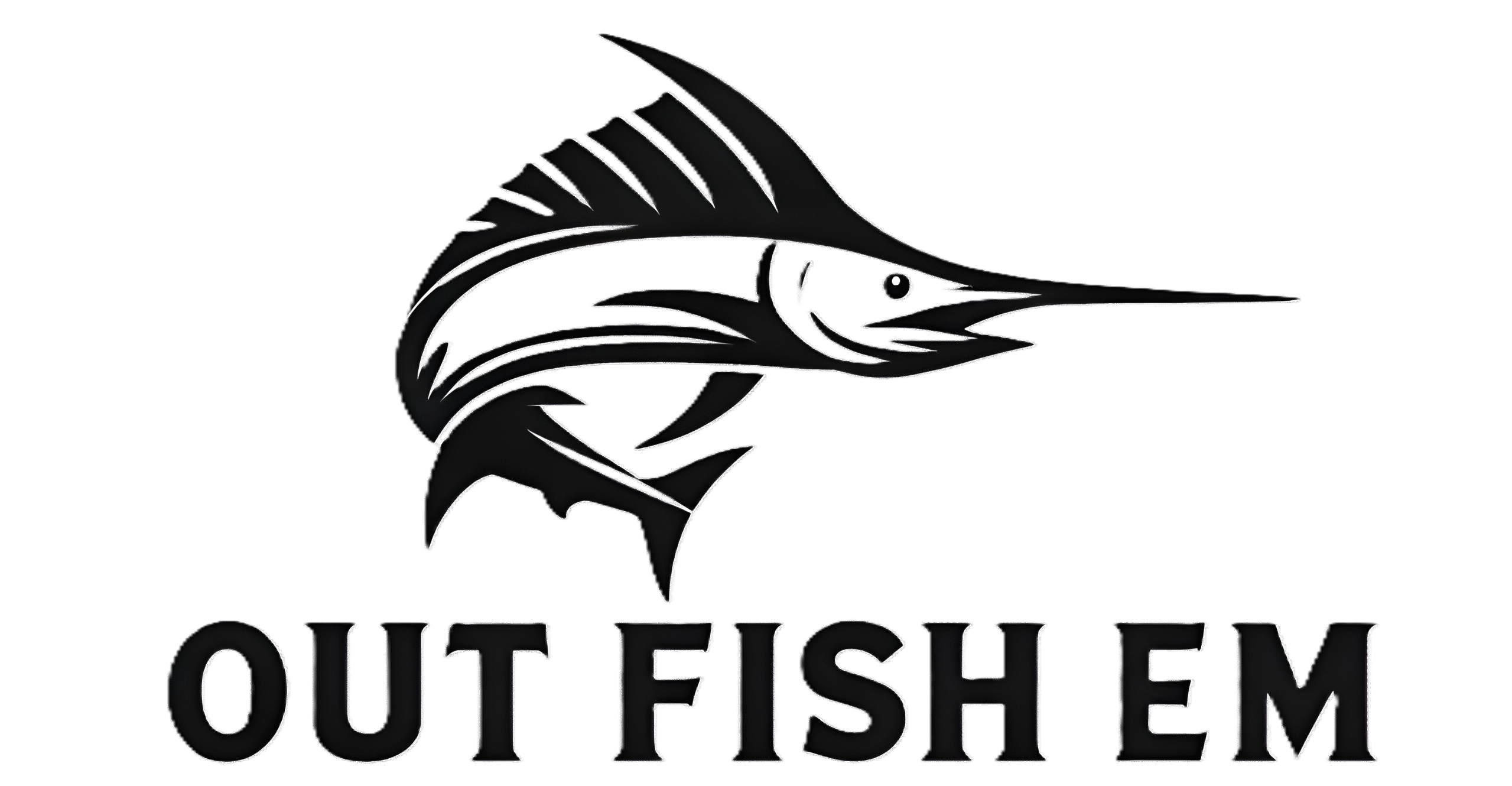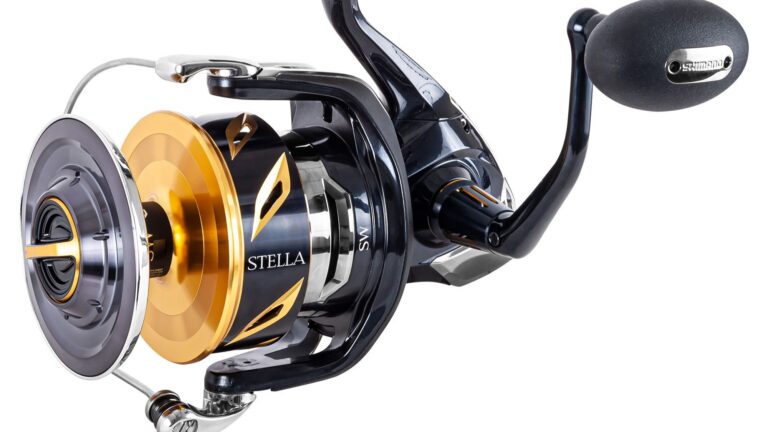Offshore Fish Finder Review 2025
Offshore, your fish finder is more than a screen — it’s how you find rips, temperature breaks, bait balls, rig edges, and bottom structure when everything looks the same on the surface. A good unit keeps you on the life instead of just burning fuel.
This year I actually installed a Garmin GPSMAP 1243xsv on my boat myself as a second screen — full DIY. Garmin has come a long way in a short period of time, and the setup was way more intuitive than I expected. The Garmin ActiveCaptain app is phenomenal, especially now that Garmin owns Navionics+. The new relief shading is insane for finding those hidden spots offshore and picking the perfect deep-drop angles. I’ve already marked more bottom than I have in years.
Below are my top offshore fish finder combos for 2025, from big 12-inch helm units for the main station to value-friendly 9-inch units that still show tuna marks and bottom detail in 200–600 feet.
Affiliate note: Some links below are affiliate links. If you buy through them, it helps support OutFishEm Offshore at no extra cost to you.
Quick Picks
| Unit | Screen Size | Best For | Key Strength |
|---|---|---|---|
| Garmin GPSMAP 1243xsv | 12" | Best all-around offshore combo | Charting + CHIRP + networking |
| Simrad NSS evo3S 12 | 12" | Bluewater + serious integration | Radar, autopilot, NMEA2K |
| Lowrance HDS Pro 12 | 12" | Structure & mixed trolling | Side/down scan detail |
| Garmin ECHOMAP UHD2 9" Offshore | 9" | Value offshore combo | Great sonar for the price |
| Humminbird SOLIX 10 MEGA SI+ | 10" | Rigs, nearshore, structure | Incredible side imaging |
1. Garmin GPSMAP 1243xsv – Big-Water Workhorse
The Garmin GPSMAP 1243xsv is a killer “do-everything” offshore unit. It gives you a bright 12-inch display, strong CHIRP sonar, ClearVü/SideVü support with the right transducer, and full networking to tie in radar, autopilot, and a second station.
Screen size: 12.1"
Sonar options: CHIRP, ClearVü, SideVü (with compatible transducer)
Best for: Offshore boats that need one main helm unit that can handle mapping, sonar, and expansion later.
Pros
- Bright, easy-to-read screen in full sun
- Excellent charting and route management
- Plays well with radar and other Garmin gear
- Plenty of power and clarity for 200–600 ft tuna country
Cons
- Not the cheapest 12" option out there
- Full performance depends on using a quality transducer
2. Simrad NSS evo3S 12 – Bluewater & Integration Beast
For guys building out a full helm with radar, autopilot, and engine data, the Simrad NSS evo3S 12 is a serious contender. It’s built for big-boat offshore work where you’re running long distances, watching weather, and fishing rigs, wrecks, and temp breaks.
Screen size: 12"
Sonar options: High-power CHIRP, StructureScan with the right modules
Best for: Boats that want one brain running sonar, radar, autopilot, and networking.
Pros
- Very strong integration with Simrad/Lowrance ecosystem
- Responsive interface and good visibility
- Ideal for larger center consoles or sportfishers
Cons
- Shines most when fully networked — can be overkill for simple setups
- Higher price point once you add modules and transducers
3. Lowrance HDS Pro 12 – Detail for Rigs, Wrecks & Edges
The Lowrance HDS Pro 12 shines when you’re fishing structure: rigs, wrecks, ledges, and nearshore reefs before you run way offshore. It still has the power to find bait and tuna marks in deeper water, but its real strength is the detail it gives around metal and bottom changes.
Screen size: 12"
Sonar options: High CHIRP, SideScan, DownScan (with compatible transducers)
Best for: Mixed-use boats that split time between rigs/structure and bluewater trolling.
Pros
- Excellent detail around structure and rigs
- Good mapping and route options
- Solid all-around performer for Gulf-style fishing
Cons
- Menu system can feel busy if you’re new to Lowrance
- Again, best performance comes with matched transducers
4. Garmin ECHOMAP UHD2 9" – Serious Offshore on a Budget
The Garmin ECHOMAP UHD2 9" Offshore (or similar 9" models) is a sweet spot for smaller center consoles and bay boats that still run 20–40 miles out. You get solid sonar performance, good mapping, and a manageable price tag.
Screen size: 9"
Sonar options: CHIRP, ClearVü, SideVü (model & transducer dependent)
Best for: Boats where space and budget are tighter but you still want real offshore capability.
Pros
- Strong performance for the price
- Easy-to-use Garmin interface
- Good bridge between inshore and offshore
Cons
- Smaller screen when you’re trying to run split views
- Not as expandable as the GPSMAP series
5. Humminbird SOLIX 10 MEGA SI+ – Side Imaging Machine
The Humminbird SOLIX 10 MEGA SI+ is a weapon if you spend time around rigs, rock piles, and ledges. The side imaging detail is wild, making it easier to see how fish and bait are sitting around structure instead of just directly under the boat.
Screen size: 10"
Sonar options: MEGA Side Imaging, MEGA Down Imaging, CHIRP
Best for: Boats that fish a lot of structure inshore and nearshore, plus occasional offshore runs.
Pros
- Insane detail around rigs, jetties, and structure
- Fantastic for dialing in exact boat position relative to fish
- Great crossover for guys who fish lakes too
Cons
- More of a structure/side imaging specialist than pure bluewater unit
- Interface can feel different if you’re used to Garmin/Simrad
How to Choose an Offshore Fish Finder
1. Screen Size & Layout
Offshore, bigger is better — especially when you’re running split screens (chart + sonar + side imaging). 10–12" is ideal for a main helm unit; 7–9" works for smaller boats or a second station.
2. Sonar Power & Type
Look for CHIRP sonar rated for the depths you fish most (200–600 ft for a lot of Gulf tuna and bottom spots), and add side imaging or structure scan if you spend time on rigs, ledges, and wrecks.
3. Transducer Matters
The best head unit in the world will still look mediocre with the wrong transducer or a bad install. Don’t skimp here — through-hull or high-quality transom-mount with a clean water flow is huge.
4. Networking & Expansion
If you know you’ll eventually add radar, autopilot, or a second screen, choose a unit that supports NMEA 2000 / Ethernet networking so you’re not boxed in later.
FAQ: Offshore Fish Finders
What screen size should I get for offshore?
If you’ve got the dash space and budget, a 12" screen at the main helm is tough to beat. For smaller boats, a 9–10" unit still gives plenty of room for split screens.
Do I really need side imaging offshore?
For pure open-water bluewater trolling, not always. But if you fish rigs, reefs, rocks, or ledges, side imaging / structure scan makes a huge difference in seeing how bait and fish are set up.
What’s more important — the unit or the transducer?
They’re a team. A solid head unit with a weak transducer or bad install will always underperform. Plan your budget so you can get both right.
If you grab any of these units through the Amazon or TackleDirect links above, it helps support OutFishEm Offshore at no extra cost to you. Tight lines.



